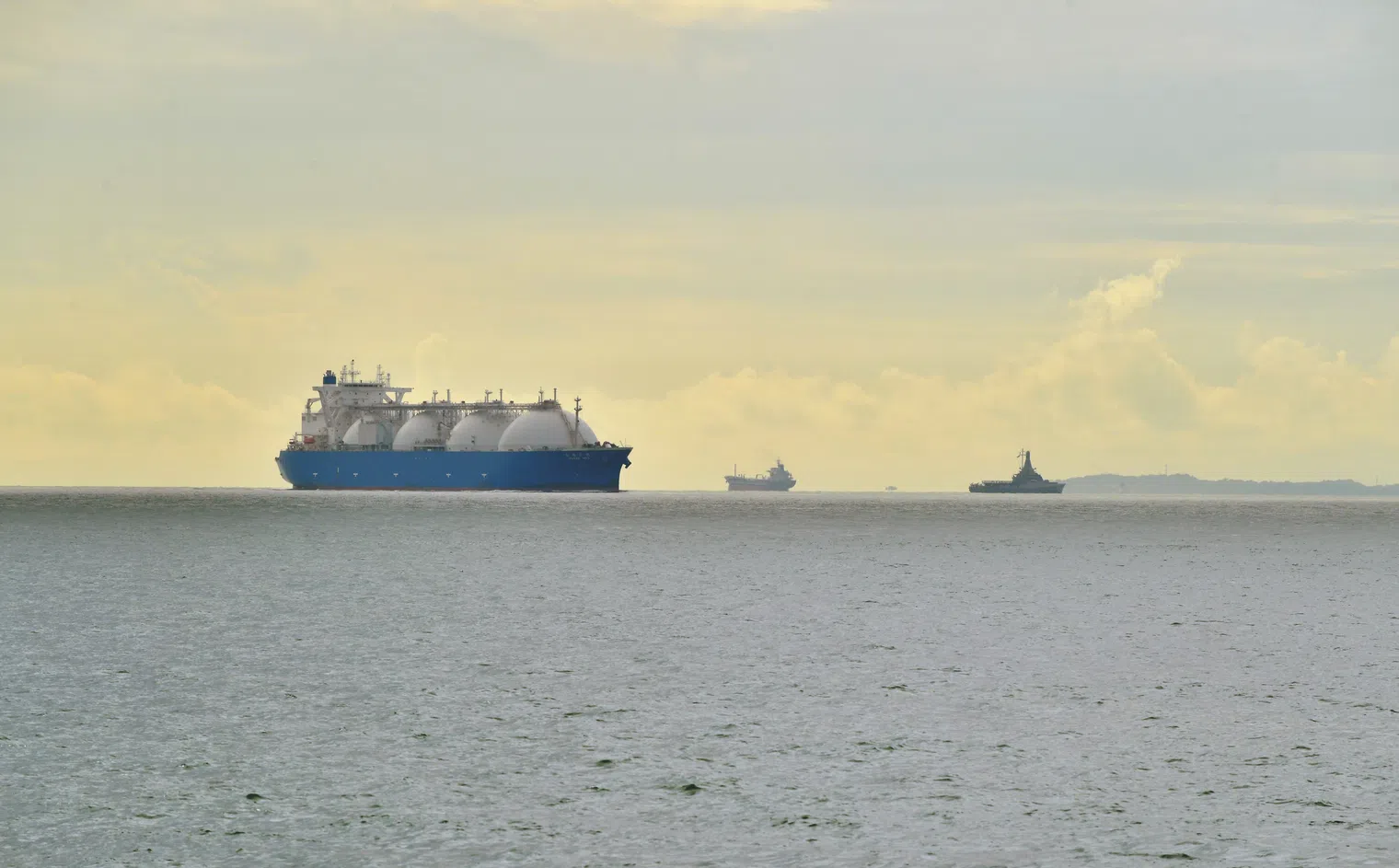The maritime shipping industry is at the forefront of a fuel revolution, with Singapore and the shipping networks across the Indian and Pacific Oceans playing a pivotal role. As a major bunkering hub, Singapore’s approach to meeting the decarbonization targets set by the International Maritime Organization (IMO) will be key in guiding the region’s transition to greener ships and cleaner fuels.
The IMO’s 2023 Greenhouse Gas (GHG) Strategy aims for net-zero emissions by 2050, with ambitious milestones for 2030 and 2040. This includes a push for zero or near-zero GHG emission technologies, fuels, and energy sources for international shipping. As one of the largest consumers of fossil fuels, the maritime industry is searching for sustainable alternatives to reduce its environmental impact, with green hydrogen emerging as a promising solution, particularly for deep-sea shipping.
However, a lack of sufficient green hydrogen production is hampering progress. Accelerated investment in green hydrogen infrastructure is essential, not just for global decarbonization but for the region’s competitiveness in the emerging sustainable shipping fuels market.
With the IMO’s policy framework and the development of market-based mechanisms, the demand for alternative fuels is set to grow. This presents a significant opportunity for companies interested in green shipping and fuel production, especially in high-traffic regions like the Asia-Pacific. Initiatives such as the Lloyd Register’s Maritime Decarbonisation Hub’s Silk Alliance, focused on Singapore’s container ship fleets, highlight the growing momentum for hydrogen-based fuels.
Recent international collaborations also underscore the importance of cross-regional partnerships. From the Global African Hydrogen Summit in Namibia to ministerial dialogues between China and Africa, and agreements between Japan and Namibia, it’s clear that regions with green hydrogen potential are becoming key players in shipping’s decarbonization.
Asia-Pacific countries, in particular, are well-positioned to collaborate with the Global South, which holds vast renewable energy resources and competitive green hydrogen prospects. However, supply chain bottlenecks remain a challenge. Bridging the gap between supply and maritime demand hubs is critical to attracting investment and accelerating infrastructure development.
In this context, the “Maritime Fuel Supply Dialogues” (MFSD) initiative, facilitated by the Lloyd Register, plays an essential role. These dialogues aim to foster collaboration between maritime and energy stakeholders, addressing the challenges and opportunities in green hydrogen production. The second MFSD roundtable, for instance, emphasized the need for stronger investment in infrastructure and policy support to overcome barriers like the absence of bankable offtake agreements.
Regional collaboration offers mutual benefits. Maritime hubs gain fuel supply security and the potential to become successful green shipping centers, while fuel-producing nations can leverage their natural resources to tap into new markets. Together, these regions can unlock the potential of green hydrogen, driving sustainable economic growth, job creation, and the development of a hydrogen economy.
As the world moves toward decarbonization, regional partnerships will be instrumental in shaping a sustainable future for the maritime industry and beyond. By combining their strengths and working together, these regions have the potential to lead the way in the global transition to cleaner shipping.







